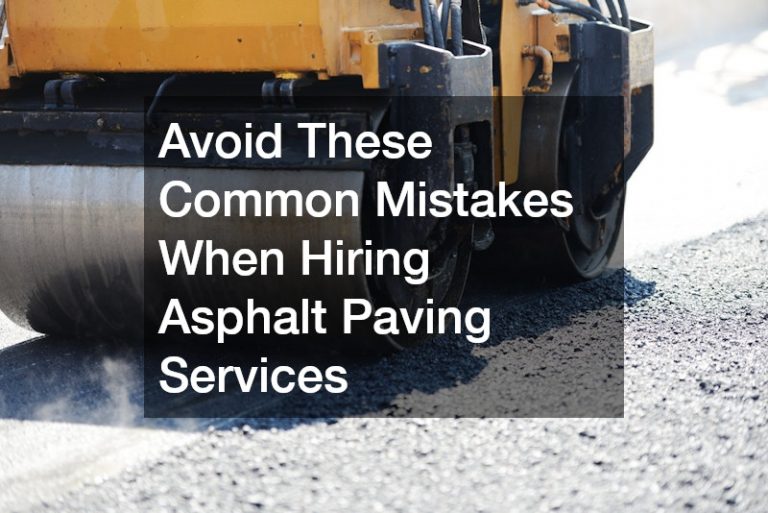

Replacing the flooring in your home can be highly expensive depending upon which flooring you decide to go with. Hardwood flooring for example, is incredibly pricey. The average cost to place hardwood flooring to a home is about $5,800. Despite this high cost, nearly 54% of Americans plan on installing them in the future. If the price tag of hardwoods doesn’t fall within your budget, you may want to consider discount flooring such as laminate tile flooring or ceramic tile flooring. Tile flooring options are relatively less expensive and, depending upon the tile, can look incredibly chic in homes. All tile flooring, whether it is discount tile flooring or expensive tile flooring, will have ratings on their box. Below are a few of the ratings you should look at before purchasing any tile.
The grade of the tile
The first thing you will want to look at when purchasing tile flooring is the grade. There are three levels of grade when it comes to tile flooring and which one you should choose varies depending upon where you are planning on installing it in your home. If you plan on placing tile on your walls only, you can go for any of the three levels, with level three being specific for use on walls. However, if you plan to install tiles on floors, you will want to use levels one or two. Level one is the strongest, however, if you are looking for discount tile flooring, you may want to go with level two.
PEI rating of the tile
The PEI rating, or the Porcelain and Enamel Institute rating, measures the wear rating for glazed tiles. In other words, this rating measures the tiles likeliness to wear. There are five different levels for the PEI ratings, but for residential use, you should go with levels three and four.
Water absorption rating of the tile
The water absorption rating, ranks, quite obviously, the tiles absorption of water. This is particularly important if you are planning on using the tile flooring in a bathroom or outside. There are four different levels of water absorption, but if you plan to use the tile in a potentially wet area, you will want to go for vitreous or impervious.
Coefficient of Friction
The last rating you will want to look at is the coefficient of friction. This will tell you whether you are likely to slip on the tiles. This is especially important to look at if you are older or fall often. The higher the coefficient of friction, the less likely you are to slip.
You shouldn’t skimp on any of the above ratings to ensure you get good quality, discount tile flooring rather than cheap tile flooring. However, if you are looking to save money, you may want to consider installing the tile flooring yourself. In fact, about 42 percent of American homeowners are planning on making their home improvement projects into “do it yourself” projects.




